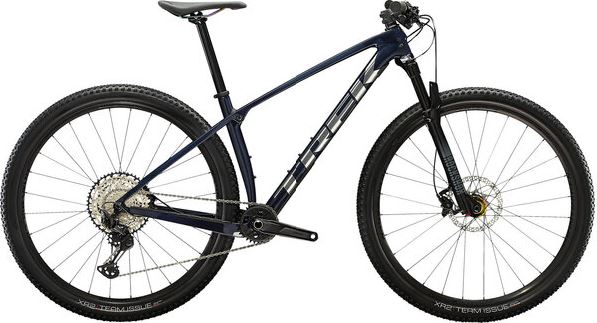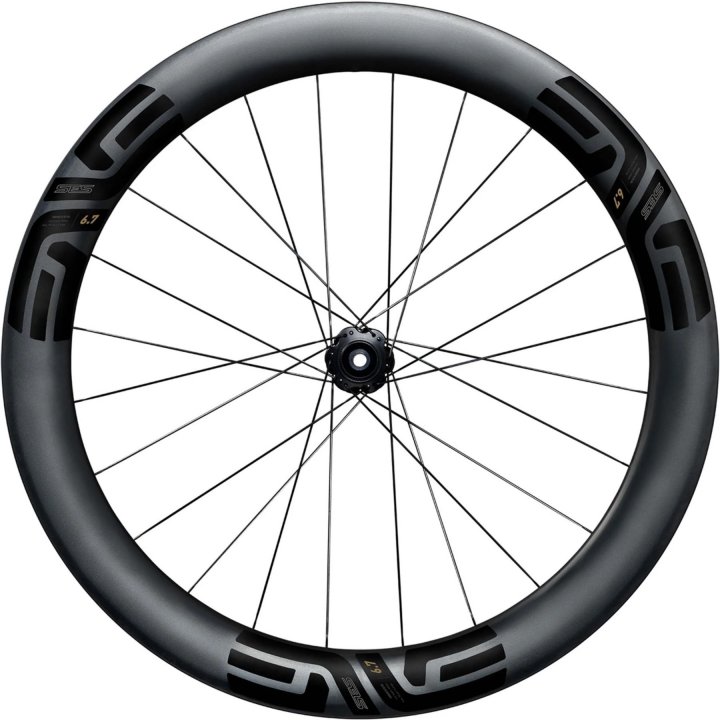Cross Country Bike Frame Materials Explained: Carbon vs. Aluminum and Beyond

Key Point Summary of Cross Country Bike Frame Materials Explained:
- Material Fundamentals: XC bike frames are primarily made from aluminum or carbon fiber, each offering distinct advantages in terms of weight, stiffness, and ride characteristics.
- Carbon vs. Aluminum: Carbon fiber frames are lighter and can be engineered for specific ride qualities but are more expensive. Aluminum frames are cost-effective, durable, and have a slightly heavier build.
- Frame Technology Advancements: Innovations in frame design and material processing have enhanced the performance of both carbon and aluminum XC bike frames.
Cross-country (XC) biking combines the thrill of racing through diverse terrains with the challenge of mastering technical trails and enduring long-distance rides. As a seasoned cyclist who’s navigated the evolution of mountain biking across various disciplines, I’ve experienced firsthand how the choice of frame material in XC bikes can influence performance, comfort, and overall ride quality. This article aims to demystify XC bike frame materials, focusing on the pivotal comparison between carbon and aluminum, and delve into the latest advancements in frame technology.
Understanding XC Bike Frame Materials
The journey through the world of XC biking is as much about the bike as it is about the rider. Frame material is a critical component that dictates not just the bike’s weight but also how it responds to the trail’s demands. Having transitioned through various materials over the years, I’ve gained a deep appreciation for what each can offer.

Carbon Fiber: The Premium Choice
Carbon fiber has revolutionized the XC bike frame market with its unparalleled strength-to-weight ratio and the ability to be molded into complex shapes. This material allows for the fine-tuning of the frame’s stiffness and compliance in specific areas, optimizing performance and rider comfort. Carbon frames excel in absorbing trail vibrations, providing a smoother ride over rough terrain—a feature I’ve come to value during long, grueling races where fatigue management is key.
Aluminum: The Workhorse
Aluminum, with its excellent balance of strength, durability, and affordability, has long been the go-to material for XC bike frames. Advances in aluminum technology, including butting and hydroforming, have allowed for lighter and more responsive frames. Riding aluminum XC bikes over the years has taught me to appreciate their straightforward reliability and the lively feedback they provide on the trail.
Weighing Carbon vs. Aluminum
Choosing between carbon and aluminum often comes down to prioritizing factors such as budget, riding style, and performance expectations. Carbon frames offer the ultimate in performance and weight savings, suited for serious racers and riders seeking the lightest and most compliant ride. Meanwhile, aluminum frames appeal to those looking for durability and value, without significantly compromising on performance.
Frame Technology Advancements
The evolution of frame technology has seen both carbon and aluminum materials benefit from innovative manufacturing techniques. Carbon frames have become more robust and accessible, while aluminum frames have shed weight and gained in sophistication, challenging the notion that they are merely entry-level options. The development of tube shaping, suspension integration, and component compatibility has further blurred the lines between high-end and mid-range XC bikes, offering exceptional choices across the spectrum.

XC Bikes to Match Your Preference
Focusing on the synergy between frame materials and overall bike performance, selecting the right cross-country (XC) bike is pivotal for achieving the best experience on the trails. Here are some of the best cross-country bikes that encapsulate advancements in frame technology, whether carbon or aluminum, offering exceptional performance, weight efficiency, and durability for both competitive racers and recreational riders:
1. Specialized Epic Hardtail
- Frame Material: Carbon
- Features: One of the lightest production hardtails available, the Specialized Epic Hardtail combines an ultra-lightweight carbon frame with a geometry optimized for speed and efficiency, making it a top choice for racers and enthusiasts alike.
2. Trek Procaliber
- Frame Material: Carbon and Aluminum options
- Features: Known for its innovative IsoSpeed decoupler, which increases compliance without sacrificing power transfer, the Trek Procaliber is available in both carbon and aluminum, offering a blend of comfort, speed, and versatility.
3. Cannondale Scalpel-Si Carbon 3
- Frame Material: Carbon
- Features: The Scalpel-Si stands out with its Lefty Ocho fork and a lightweight, stiff carbon frame designed for aggressive XC racing. It’s built for precision handling and fast accelerations, with geometry that caters to competitive riding.
4. Scott Scale 940
- Frame Material: Aluminum
- Features: The Scott Scale 940 delivers a high-performance aluminum frame that rivals the weight and stiffness of carbon options. Paired with a geometry that balances speed and control, it’s an excellent choice for riders looking for top-tier aluminum construction.
5. Giant XTC Advanced 29 3
- Frame Material: Carbon
- Features: The XTC Advanced 29 3 leverages Giant’s Advanced-grade composite frame for a lightweight and responsive ride. Optimized for 29-inch wheels, it offers superior rollover capabilities and stability on fast, challenging terrains.
Each of these bikes highlights the evolution of XC bike technology, showcasing how both carbon and aluminum frames have been refined to meet the demands of modern cross-country riding. Whether prioritizing the unmatched weight and compliance of carbon or the durability and value of aluminum, there’s an XC bike designed to elevate your performance and enjoyment on the trails.
Concluding Thoughts
The choice between carbon and aluminum XC bike frames involves a nuanced consideration of factors including weight, cost, performance, and personal preference. As frame technology continues to evolve, the gap between these materials narrows, offering riders at all levels an array of options tailored to their specific needs.
Understanding the characteristics and benefits of each frame material can greatly enhance your XC biking experience, allowing you to make an informed decision that best aligns with your riding aspirations and budget. Regardless of the choice, the adventure and satisfaction of conquering trails on an XC bike remain unparalleled.
John

FAQ
What is the best material to make a bike frame?
The best material for making a bike frame depends on the rider’s needs and preferences. Carbon fiber is often considered the premium choice for its lightweight, stiffness, and ability to be shaped into aerodynamic forms, making it ideal for high-performance road, mountain, and gravel bikes. Aluminum is widely used for its excellent balance of strength, lightness, and affordability, suitable for a wide range of bikes. Steel (including chromoly) is praised for its durability, comfort, and repairability, favored in touring, classic road bikes, and custom builds. Titanium is also a top choice for its combination of lightweight, strength, and corrosion resistance, though it comes at a higher cost.
What is the bike frame made of?
Bike frames are primarily made of carbon fiber, aluminum, steel (including chromoly), and titanium.
Is chromoly better than carbon fiber?
Chromoly steel and carbon fiber serve different purposes. Chromoly offers durability and a smooth ride, making it excellent for touring and rugged use, while carbon fiber provides the ultimate in lightweight and stiffness for high-performance and racing bikes. Choosing between them depends on the type of riding, performance requirements, and budget.
Which is better chromoly or aluminum?
Comparing chromoly to aluminum, chromoly is generally more durable and offers a smoother ride due to its natural vibration damping properties. Aluminum is lighter and more affordable, with a stiffer ride quality, making it a popular choice for a wide range of bicycles. The better material between chromoly and aluminum again depends on the rider’s specific needs and preferences.






